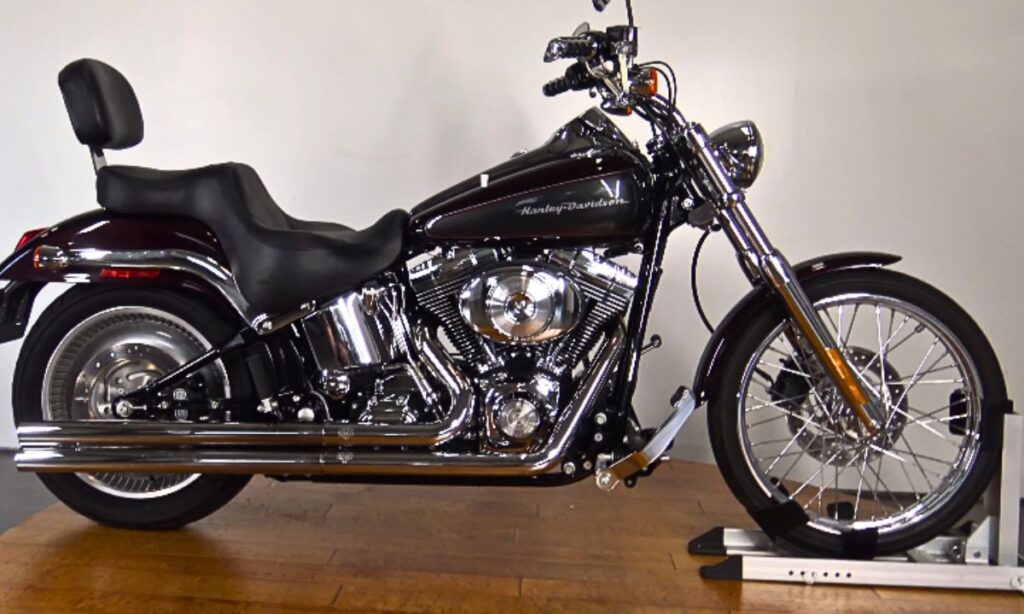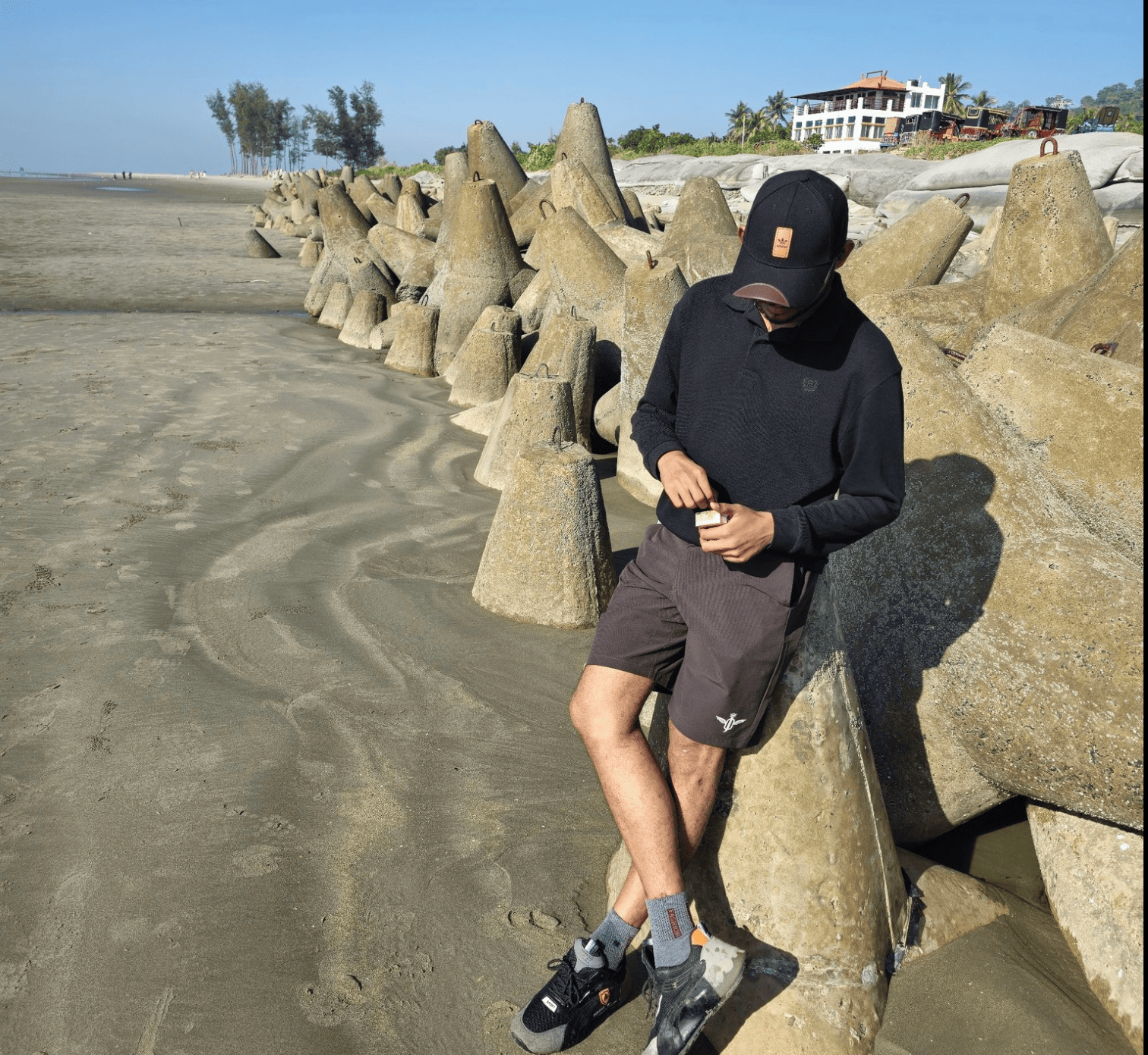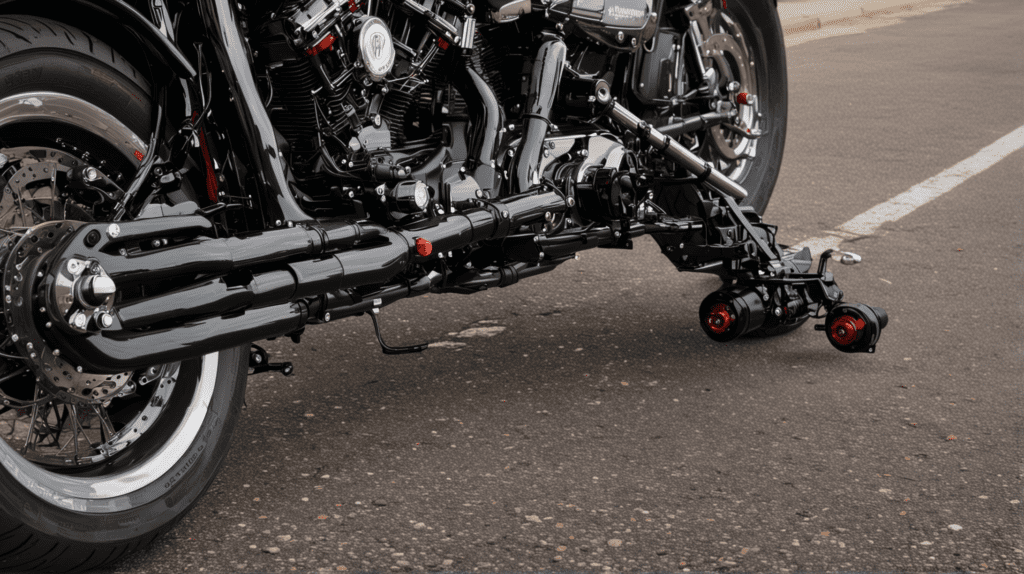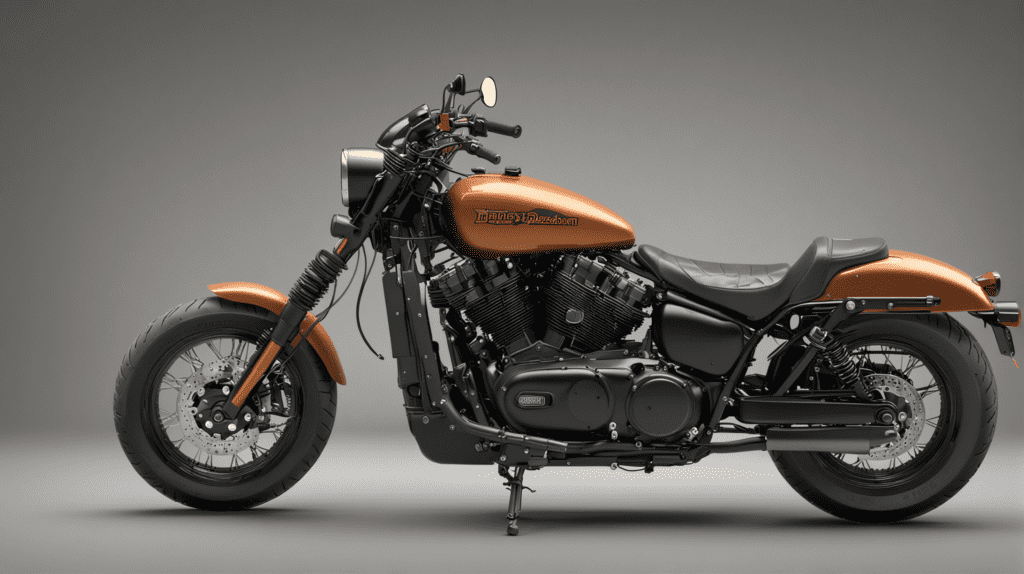The 2000 Harley Deuce, being a classic motorcycle adored by many enthusiasts, is not without its issues.
Over time, owners have reported a variety of problems, some minor and others more significant, that affect the performance and overall riding experience.
In this article, we will dive into these common problems associated with the 2000 Harley Deuce and offer potential solutions.
2000 Harley Deuce Problems
One prevalent problem is related to its carburetor, which causes the bike to run poorly and stall, often requiring a complete replacement.
Cosmetic issues such as chipping and fading paint, particularly on the fuel tank, have also been reported.
Some users have noted difficulties with the stock braking system, with complaints of it being less responsive than desired.

1. Engine Failure
Engine failure is a common issue face by owners. One of the most common causes is a failure in the cam chain tensioner. The tensioner maintains the correct tension on the cam chain, but over time, it can wear out and fail.
When this happens, the cam chain can either become too loose or too tight, both of which can cause serious damage to the engine.
To fix this issue, firstly, you need to diagnose it accurately. Start by listening for any unusual noises from the engine, especially a rattling or ticking sound.
This could indicate a problem with the cam chain tensioner. You can also check for any metal shavings in the oil. If you find any, this is a clear sign of a failing tensioner.
Next, to replace the tensioner, start by draining the oil and removing the cam cover. Then, remove the existing tensioner, which can typically be done with a set of pliers.
Once the old tensioner is removed, you can install the new one, ensuring it is correctly positioned. After the new tensioner is installed, replace the cam cover and refill the oil.
2. Brakes Malfunctioning
This can be a serious concern as compromised brake performance can lead to serious accidents.
Brake malfunctions may range from a spongy brake lever, a grinding noise, to brakes that do not engage properly.
A spongy brake lever often indicates air in the brake lines, which can be remedied through a process known as ‘bleeding the brakes.
If you’re hearing a grinding noise, it might be worn-out brake pads. Brake pads should have a minimum thickness of 1/8 inch.
When replacing the brake pads, opt for quality replacements, as this is crucial for your safety. If the brakes aren’t properly engaging, the issue might be with the brake master cylinder.
The master cylinder transforms the mechanical force from the brake lever into hydraulic pressure. If it’s malfunctioning, you’ll need a replacement.
3. Stalling Issues
One common issue that has been reported among owners of the 2000 Deuce is the motorcycle stalling unexpectedly.
This can happen at any time but is most commonly experienced when the bike is idle or being operated at slow speeds.
The root of the stalling problem often resides in the fuel system. The first thing to do is a thorough check of the fuel lines for any leaks or obstructions.
Also, ensure that the fuel filter is not clogged and replace it if necessary.
If the carburetor runs too rich or too lean, it could cause the bike to stall. This can be fixed by adjusting the air-fuel mixture screw on the carburetor.
Remember, making drastic adjustments can worsen the condition, so do this gradually and check the bike’s performance after each adjustment.
Lastly, don’t overlook the ignition system. A faulty ignition coil or spark plugs can also cause the bike to stall.
Regular inspection and timely replacement of these components can save you from unexpected troubles.
4. Fuel Pump Failure
The fuel pump is a crucial part of the bike’s fuel injection system, responsible for supplying the engine with the necessary fuel for combustion.
Its dysfunction can lead to several problems, including reduced engine performance and difficulty starting, and sometimes, the engine might not start at all.
To fix this issue, ensure that your motorcycle is safely positioned and that the engine is switched off and cooled down.
Disconnect the battery and locate the fuel pump, which is typically under the gas tank.
Carefully remove the pump, ensuring that you disconnect the fuel lines and electrical connections.
Inspect the fuel pump carefully for signs of damage or wear. If the pump is beyond repair, you’ll need to replace it with a new one.
When installing the new pump, ensure that it fits securely in the tank and reconnect the fuel lines and electrical connections.
Reconnect the battery and turn on the engine to check if the problem persists. If the engine ran smoothly, the fuel pump was likely the issue.
5. Power Loss
One of the common issues experienced by owners is power loss, often occurring during rides.
It can be due to a clogged air filter. As the air filter cleans the air before it enters the engine, and over time, the filter can become dirty and clogged, causing the engine to strain and resulting in power loss.
To resolve this, regularly inspect and replace your air filter if necessary.
Secondly, a failing spark plug could also be the culprit. Spark plugs are essential for the engine to run and provide power, and a worn-out or faulty spark plug can result in power loss.
If you suspect faulty spark plugs, inspect them for wear and tear and replace them if needed.
Lastly, the power loss could be a symptom of a more serious issue like a failing fuel pump or problems with the ignition system.
6. Electrical Issues
These issues often result in the form of a weak battery, intermittent power loss, or misfiring ignition.
If the battery is not being charged properly, it may not have sufficient power to run the motorcycle’s electrical system effectively.
Intermittent power loss could result from poor wiring. Inspect the wiring for any signs of damage, wear, or corrosion.
Pay close attention to the connections and terminals. Loose or corroded connections can cause a fluctuating power supply, which results in power loss.
Misfiring ignition is usually a result of faulty spark plugs or a malfunctioning ignition coil.
Check the spark plugs for any signs of wear or damage. Replace them if necessary. If the problem persists, inspect the ignition coil.
A malfunctioning ignition coil will not provide the necessary voltage to the spark plugs, leading to a misfire.
7. Sensors Malfunctioning
These sensors, including the oxygen sensor and crankshaft position sensor, play a vital role in regulating the performance and efficiency of the motorcycle.
The oxygen sensor, located in the exhaust system, measures the amount of oxygen in the exhaust gases. This data is used to regulate the fuel mixture, ensuring optimal performance.
If the oxygen sensor malfunctions, you may notice a decrease in fuel efficiency and overall performance.
The crankshaft position sensor, on the other hand, is responsible for monitoring the engine’s speed and the crankshaft’s position.
It sends this information to the engine control unit (ECU), which uses this data to control the fuel injection and ignition timing.
A faulty crankshaft position sensor can lead to issues like difficulty in starting the motorcycle or irregular engine performance.
If you suspect a sensor malfunction, it’s best to get a professional diagnosis. However, you can also do a preliminary check using an OBD2 scanner to read the fault codes.
A sensor issue will usually trigger a check engine light and produce a specific fault code.
8. Transmission Issues
The transmission, being a critical component, facilitates gear shifting, allowing the motorcycle to adapt to varying speeds and road conditions.
Hard shifts, abrupt jerking motions while changing gears, or the motorcycle refusing to go into gear could be signs of a transmission issue.
Another symptom might be unusual noises. If you hear a grinding or clicking noise when you shift gears, it could indicate a problem with the transmission’s gears or bearings.
Follow these steps to diagnose the issue:
- The first step is always to identify the source of the problem. Use a diagnostic tool if you have one to read the codes from the motorcycle’s computer. If not, manual inspection might be necessary.
- Transmission fluid should be clean and at the correct level. Dirty or low fluid can cause shifting problems. If needed, replace the transmission fluid.
- If the gear shifts are hard or unresponsive, they may need to be adjusted or replaced.
- A worn-out clutch can also cause transmission issues. If the clutch is not engaging or disengaging correctly, it might need to be replaced.
9. Reliability Issues
Reliability and comfort are two crucial aspects to consider when owning a motorcycle like the 2000 Harley Deuce.
Some owners have reported reliability issues, predominantly related to the cam chain tensioner.
The original part tends to wear down over time, which can lead to serious engine damage if not addressed.
As for comfort, the 2000 Harley Deuce’s stock seat leads to discomfort on long rides.
The stock saddle’s thin padding and narrow profile put pressure on the rider’s tailbone and lower back.
To alleviate this, consider investing in a comfortable aftermarket seat. Seats with a wider profile and thicker padding can distribute weight more evenly, reducing pressure points and enhancing overall ride comfort.
2000 Harley Deuce User Reviews:
By Deuceman88
“Excellent build quality, superb paint, lovely touches such as front and rear bullet indicators smoothed into rear fender, fork covers, great riding position.”
By Deuces baby
“I’ve got 65,000 original mikes on my 01 deuce. Not a leak one (that’s because it gets rode and don’t rot in the garage) no upgrades, and it still looks slick with black n chrome, and my 88b runs with the 96’s, and 103’s ALL DAY.. people are always asking me what upgrades I got because the bike is a powerhouse, and the pipes sound amazing. Handles well, and I’ve maxed it out at 105 mph and not a wobble one. HIGHLY RECOMMEND.. I LOVE my deuce” Source: Motorcyclenews.com.

Tonmoy, the brains behind the influential motorcycle-focused website, TwoWheller.com, is a dedicated and passionate advocate for biking culture. Born and raised in a family of motorcycle enthusiasts, his love for two-wheeled transportation was ignited at an early age. His commitment to providing in-depth reviews and helpful tips for riders has established him as a respected figure in the motorcycle community.

